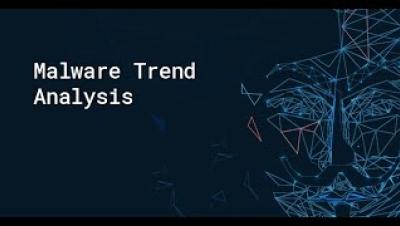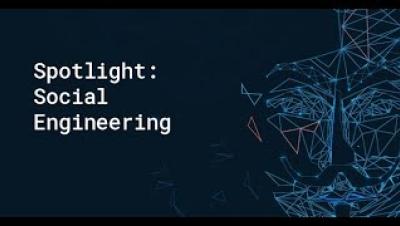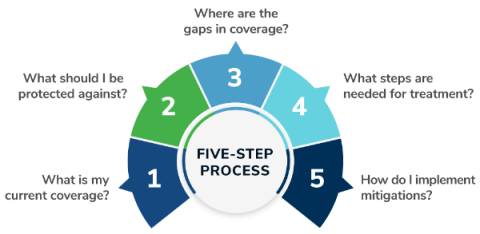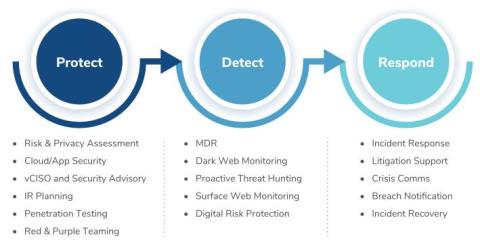Security | Threat Detection | Cyberattacks | DevSecOps | Compliance
Kroll
Webinar Replay: Q3 2023 Threat Landscape: BEC Attacks Continue to Surge Across Sectors
Webinar Replay: Q3 2023 Threat Landscape: Social Engineering Yields Initial Access
Free Template: MITRE ATT&CK Detection Maturity Assessment & Guide
The threat landscape has evolved rapidly in recent years due to major changes in the way organizations operate and adopt new technologies. Cloud services such as Software-as-a-Service (SaaS) and Infrastructure-as-a-Service (IaaS) have seen massive growth over the last decade. With accelerated digital transformation, increased remote working and cloud adoption, the attack surface has increased for most organizations.
Q3 2023 Threat Landscape Report: Social Engineering Takes Center Stage
Social engineering in its many forms took center stage in Q3 2023. The quarter saw “human hacking” evolve from a long-standing security challenge to threat actors’ method of choice. This was evidenced by our observations of the dramatic escalation of social engineering tactics, with significant increases in phishing, smishing, valid accounts, voice phishing and other tactics—adding up to the highest volume of incidents we have seen in 2023.
Lessons Learned From 50+ MOVEit Exploit (CVE-2023-34362) Investigations - Full Webinar
SkeletonXE - Responding to the CISCO Vulnerability (CVE-2023-20198)
On October 16, 2023, Kroll Cyber Threat Intelligence (CTI) analysts were made aware of an ongoing exploitation of a recently discovered vulnerability within the web user interface (UI) functionality of Cisco IOS XE (CVE-2023-20198). This security flaw is critical with a CVSS score of 10.
Rise in MFA Bypass Leads to Account Compromise
In Q2 and Q3 of this year, Kroll observed an increase in large-scale AiTM phishing and BEC attacks targeting organizations within the professional services, banking and financial industries. In 90% of Kroll's recent BEC investigations, MFA was in place at the time of unauthorized access, but attackers can obtain authentication tokens and/or session cookies to easily evade defenses.
Tackling the 2023 SEC Cybersecurity Rules
The new rules from the U.S. Securities and Exchange Commission (SEC) on reporting mark a significant shift in the requirements for disclosing cyber breaches, leaving many businesses wondering how their cybersecurity practices will be impacted in the long run. These new rules create significant new disclosure obligations for public companies, requiring timely and detailed disclosures of material cybersecurity incidents and periodic disclosures about cybersecurity risk management and governance.
The IR Retainer Redefined: Boosting Cyber Resilience with MDR + Cyber Risk Retainer
An effective detection and response capability is essential for monitoring key assets, containing threats early and eradicating them. However, due to the current disparate nature of potential attack vectors within an organization, affording the wide range of sensors necessary can be a challenge as well as the worry of the disruption of critical services. Yet, without robust detection and response processes, businesses are left vulnerable.








